Diversity ● Equity ● Inclusion
Our People in Action
Lawrence Livermore National Laboratory (LLNL) values diverse talent and continues to strengthen workforce diversity. Diversity, equity, and inclusion have proven to be vital in supporting the Laboratory's mission, driving innovation, groundbreaking research, and discovery.
Below are stories and profiles of LLNL employees from diverse backgrounds who have contributed to the Laboratory's success.
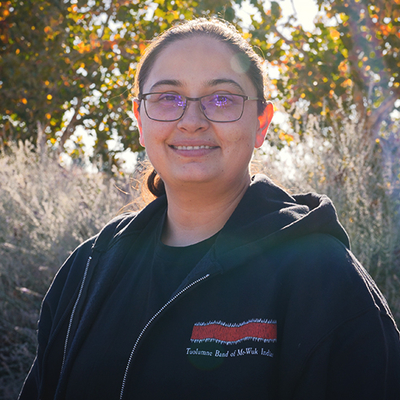
Laura Forde
“Our elders emphasized the importance of understanding our traditions, a realization that has grown increasingly significant to me,” Forde said. “The preservation and dissemination of our cultural practices are vital in ensuring their survival.”
A noteworthy member of The Tuolumne Band of Me-Wuk Indians tribe, Laura Forde epitomizes the blending of cultural heritage and contemporary pursuits. Her upbringing was deeply rooted in the rich tapestry of her tribe’s language, traditions and cultural morality, forming an integral part of her life's narrative.
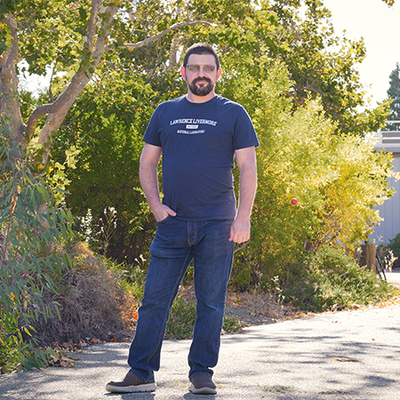
Bradley Rodrigues
“People often overlook the fact that the deaf community is a microcosm of the hearing community,” Rodrigues said. “There are deaf people from all walks of life, and just because we can’t hear or speak, it doesn’t mean we can’t achieve the same goals in our lives as everyone else.
Bradley Rodrigues comes from two different worlds: the deaf community and his hearing family.
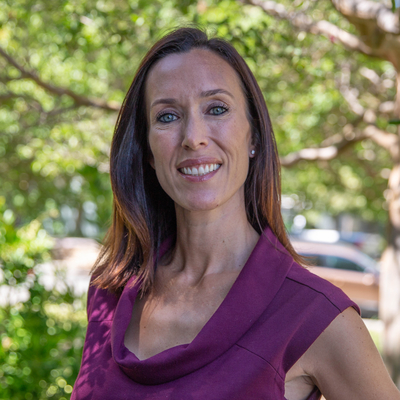
Jenessa Angel
“Diversity and inclusion creates an environment of mutual respect resulting in increased recruiting opportunities and higher employee retention. Our differences can create a space that employees of all backgrounds thrive in. Diversity at the Lab brings people with varying perspectives and viewpoints together to work as a team, generate ideas, and solve complex problems.”
Jenessa relocated from Southern California to be closer to family.
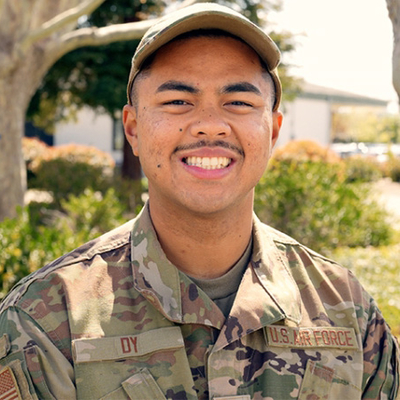
Jacques Dy
“I think a lot of people don’t know about the Cambodian genocide,” he said. “Something like 2 million Cambodians were massacred, and I feel very fortunate that my parents escaped that and made their way to America so that my sister and I could live a better life.”
Jacques Dy enlisted in the Air Force Reserves in 2021, shortly after joining Lawrence Livermore National Laboratory (LLNL) as an electronics technologist with the Controls Engineering team at LLNL’s Site 300 Firing Operations.
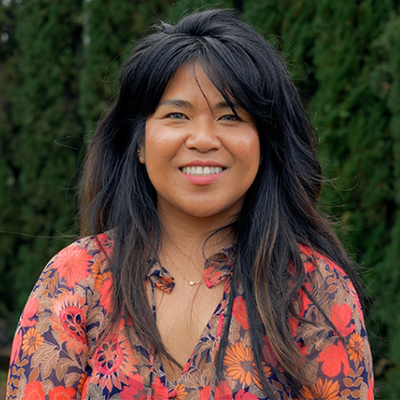
Irene Umipig
“It’s important to me to bring a holistic lens to everything we do here,” she said. “My job is much more than health and productivity – it’s also about creating a culture of compassion that leaders can get behind and finding ways to take care of employees from the day they arrive.”
Irene Umipig’s story begins with a serendipitous encounter: her parents met while working at the same Honolulu hospital after immigrating from the same province in the Philippines.
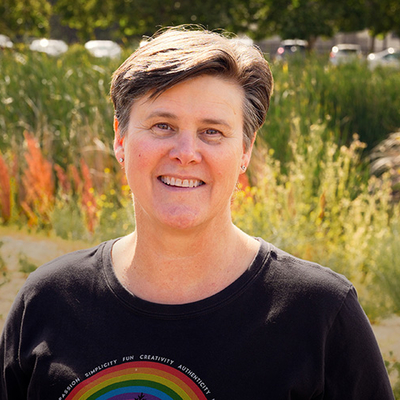
Julie Klein
“I think we all have work to do – every one of us,” Klein said. “We can all get better in some way or another at making ourselves and the Lab more accepting. More welcoming. More inclusive.”
In her nearly 40 years at Lawrence Livermore National Laboratory (LLNL), Julie Klein has seen a lot of change in the world through the Lab’s lens.
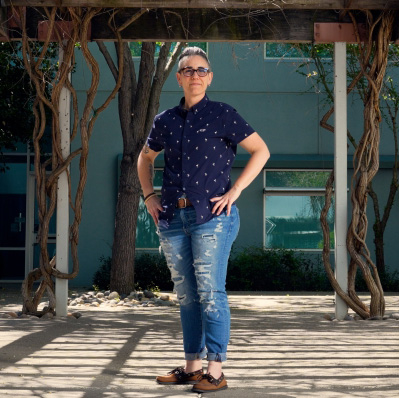
Lauren Devine
“I think a lot of folks forget that being Jewish isn’t only about Judaism,” Devine said. “We are a biological race of human beings and it’s the culture and strong community I identify most with.”
Lauren Devine is a third-generation American with proud Ashkenazi Jewish roots in Germany and Russia on her mother’s side. Devine prioritizes spending time with her family on the high Jewish holy days but does not necessarily count herself as religious.
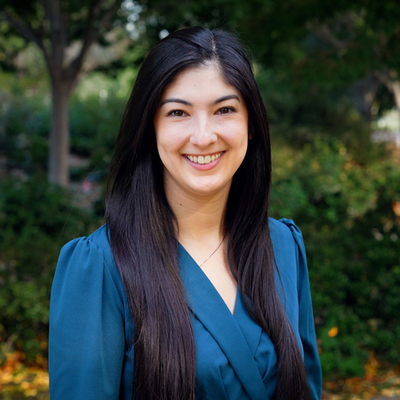
Lauren Sylvia Abrahams
Lauren Sylvia Abrahams’ upbringing in a Mexican Jewish household shaped how she interacts and works with people by having a better understanding of their lived and learned experiences.
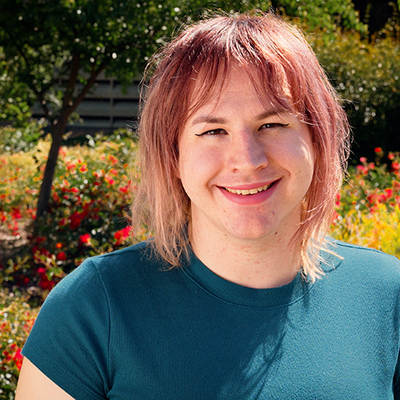
Lizz Lantz
“It’s hard to empathize with things we don’t know, so I hope that by opening up about my experience, I offer an opportunity for people to heighten their empathy toward the people around them,” she said.
Lizz Lantz has always been driven by curiosity about how the world works.
“I’m really interested in the materials that make up the world around us, which we often take for granted,” Lizz Lantz said. “And, what better way to explore the world’s fabric than to inspect it under the microscope?”
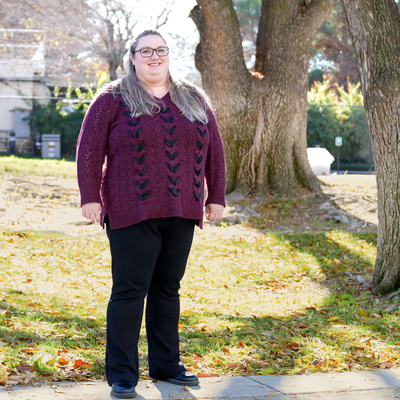
Kerrie Ingraham
“I have attention-deficit/hyperactivity disorder, or ADHD, so that means that I do my job the way that works best for me. When onboarding other admins, I always encourage them to find their own way of accomplishing their tasks.”
When Kerrie Ingraham started at Lawrence Livermore National Laboratory (LLNL), she was immediately impressed by the welcoming environment that she encountered. Within her first year, she’d already discovered ways to participate in the Lab’s culture of guidance and mentorship.
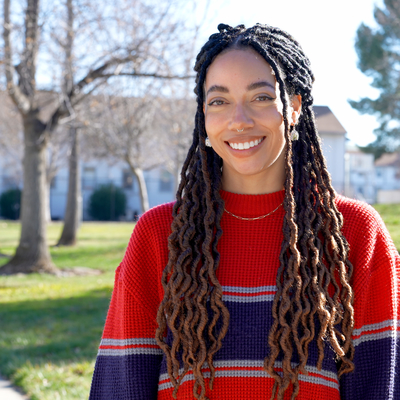
Lauren Casonhua
“We’ve seen major shifts in some of our demographics since I’ve joined the Lab – we have a lot of newer and younger employees, I’d like to see that same trend when it comes to Black, Indigenous, People of Color (BIPOC), and specifically Black communities.”
Lauren Casonhua’s journey to the Lawrence Livermore National Laboratory begins with a love of stories. Growing up in Texas, she remembers returning home after each library visit with a stack of fiction books under her arm.
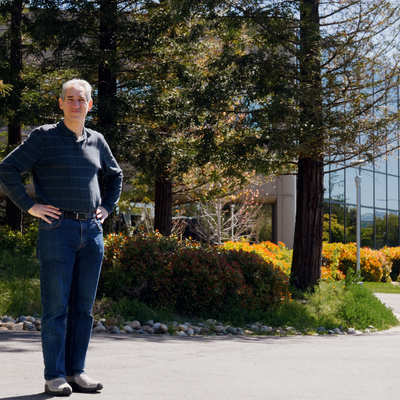
Simon Cohen
“There’s a cultural adjustment coming from the East Coast to the West Coast,” said Cohen, “and it’s even more pronounced when you come from a region with a large Jewish population, and numerous synagogues, to a region that has a smaller Jewish population or is spread out across a larger geographic area”
When Simon Cohen joined Lawrence Livermore National Lab in 1989 to work with laser systems as an Optical Engineer, he was not only new to the Lab but also to California.




